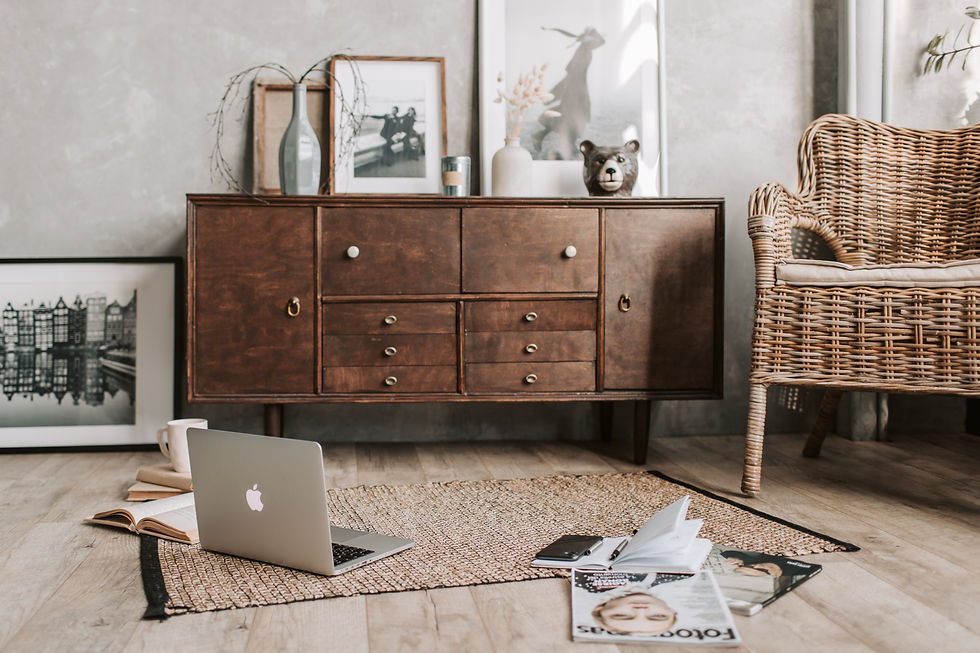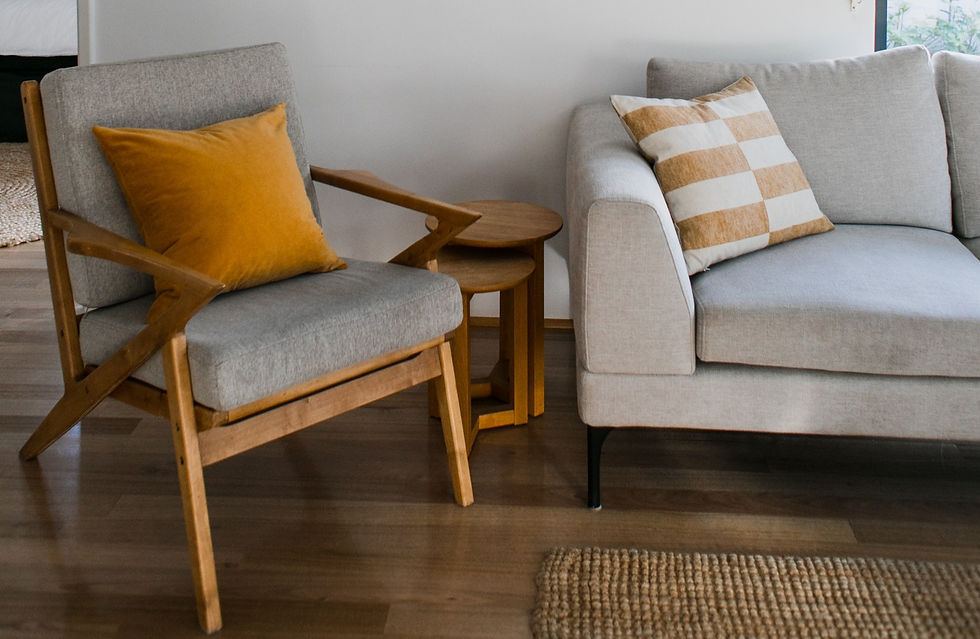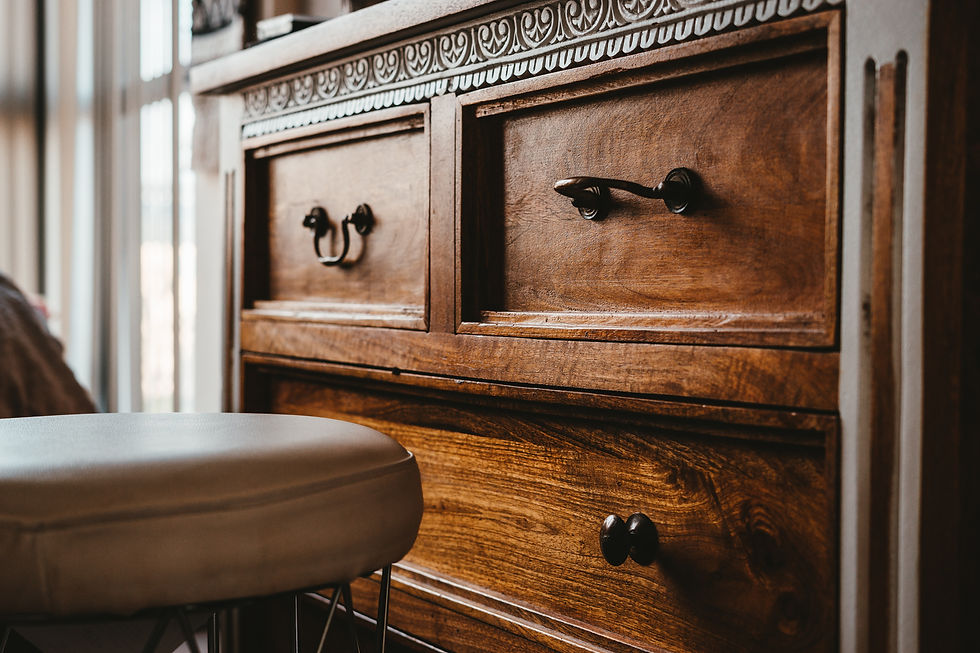Ethical Antiques: Sustainability and the Secondhand Market
- tech8796
- Feb 28, 2023
- 4 min read
Trendy fast fashion and inexpensive furniture are tantalising, but our collective obsession with cheap, mass-produced items is taking a huge toll on the environment. However, as temperatures climb and floods and fires destroy entire towns, we’re becoming more thoughtful about our consumption. Antiques are having a huge resurgence as buyers opt for more sustainable choices, and the auction market is feeling the impact. More people than ever before are choosing to buy secondhand items at auction, and the market will only grow as people become more aware of how new production negatively impacts our planet.

Manufacturing accounts for nearly a quarter of direct carbon emissions in the United States alone, and in Europe the industry emits 880 million tonnes of carbon dioxide every year, according to the Environmental Protection Agency (EPA). On an individual level, studies have found that the home accounts for 20% of a person’s climate footprint, and nearly half of that comes from furniture and interiors. The numbers are sobering, especially when you consider that the majority of newly produced ‘fast furniture’ is only expected to last for around five years.
Fast furniture is a main contributor to deforestation, and it’s generally made from particle board or other engineered woods that frequently contain toxic chemicals like formaldehyde. This means that the majority of new furniture is not recyclable, so it ends up in landfills once it breaks or wears out. Americans are responsible for throwing out more than 12 million tons of furniture each year, according to the EPA, creating vast mountains of waste that have grown around 450% since 1960.

Understandably, many consumers are choosing to turn away from unsustainable items in favour of high-quality secondhand pieces. Younger generations are particularly vocal and active when it comes to environmentalism, spurred on by internationally recognised figures like Greta Thunberg and organisations like the Sunrise Movement. In addition to volunteering and protesting, millennials and Gen Zers vote with their dollars by opting for sustainable goods rather than fast fashion or mass-produced items.
Research conducted by Barnebys has found an increasing number of people under the age of 45 are buying antique and vintage items, and a 2021 study from the used furniture marketplace Chairish revealed that 58% of millennial respondents agreed that the resale market plays a key role in the future of sustainability. Besides being better for the environment, buying at auction is the best way to find unique, high-quality and reasonably-priced pieces. Plus, the rise in online auctions makes finding exactly what you want easier than ever before.

Shopping vintage is a great way to find one-of-a-kind clothing, furniture and decor, and unique inventory is one of the attractions for many auction house initiates. Retro styles are making a comeback — think of the recent popularity of mid-century modern designs — and young collectors in particular appreciate unusual, character-filled pieces that help them express their singular style.

In addition to making your home stand out from those filled with pieces from Wayfair and IKEA, it’s no secret that antique furniture is usually of much higher quality than new furniture. Manufacturers typically use engineered wood to cut costs, which is lightweight and affordable but not long-lasting. Also, it is nearly impossible to repair particle board furniture since it can’t be refinished or sanded like solid wood can. This means that once a table is scratched or a bookshelf gets dented, it’s thrown away rather than fixed.
In comparison, pieces made before the days of mass production were built to last. The majority of antique furniture was created from solid wood, which is heavier and more durable than manufactured wood. This also means that it’s relatively simple to strip and restain furniture to the colour that you want, or to buff out unsightly scratches. In turn, this keeps pieces in circulation longer, lessening their impact on the environment. "Quality pays," stated Pontus Silfverstolpe, co-founder of Barnebys. "This explains the growing interest in unique and personalised furniture, where quality is an essential prerequisite for objects to last."

While newly-manufactured pieces marketed as ‘sustainable’ can cost an arm and a leg, antiques can be very reasonably priced for their quality. In fact, "it is possible to buy a high-quality object made by hand in the 1800s for less than the cost of a piece of new furniture," according to Silfverstolpe. The low price point is another attractor for millennials and older members of Gen Z, who are moving to their own apartments or buying homes and who want reliable and stylish furniture without a hefty price tag.
Fortunately, the influx of antique buyers has been matched by an increase in sellers. The auction market is moving online and becoming more accessible for buyers and sellers alike, and people are opting to sell or exchange their second-hand items rather than throw them away. The online auction Renaissance also makes it easier for buyers to find the pieces that they want, since it’s much more convenient to browse online listings rather than to spend hours combing through antique malls or flea markets.

Although purchasing antiques at auction is becoming increasingly popular, it’s not a trend that’s likely to reverse any time soon. "Buying second-hand items is … something necessary for conscious change," explains Silfverstolpe. It’s a sustainable choice that contributes to a circular economy in which we reuse and repair items rather than opting for resource-intensive and low-quality pieces. Younger generations in particular choose to buy antiques with an eye for durability and craftsmanship, and they’re likely to retain these buying habits as they age.
In the face of global calamities like climate change, individual actions can seem negligible. However, when we collectively use our purchasing power on sustainable markets like auctions and resale rather than mass retailers, we’ll reap the benefits for generations. Developing an appreciation for quality over quantity is key, and the rapidly-growing secondhand market is proof that buyers are ready to make a change.




Comments